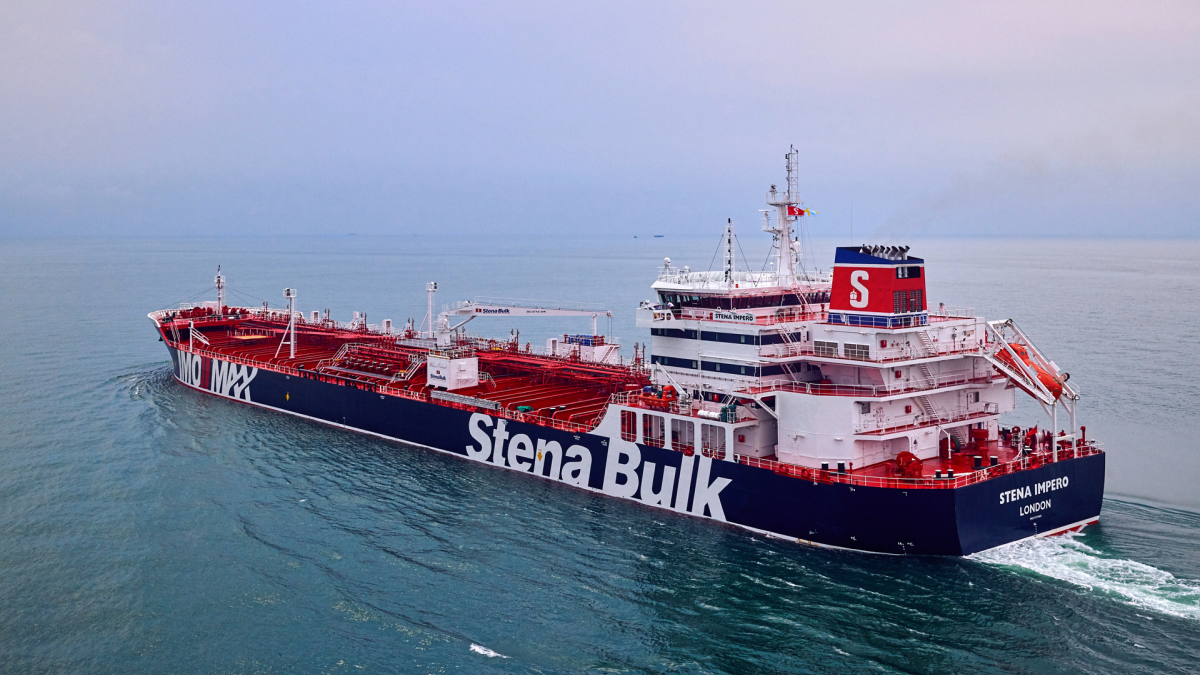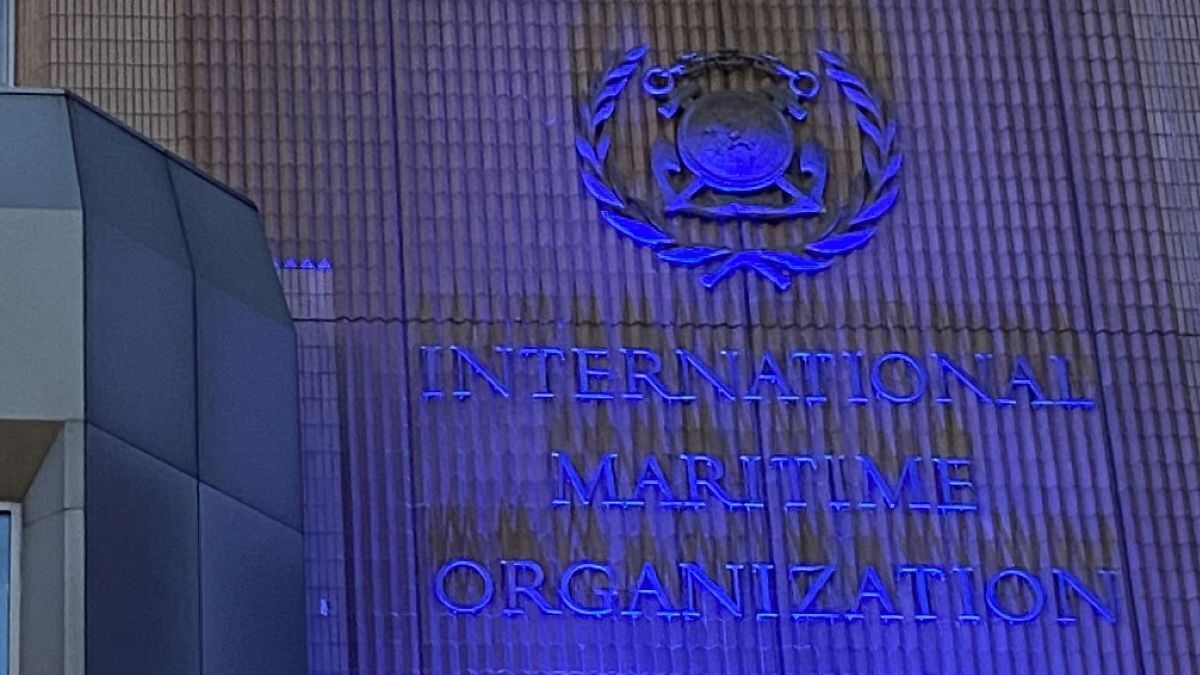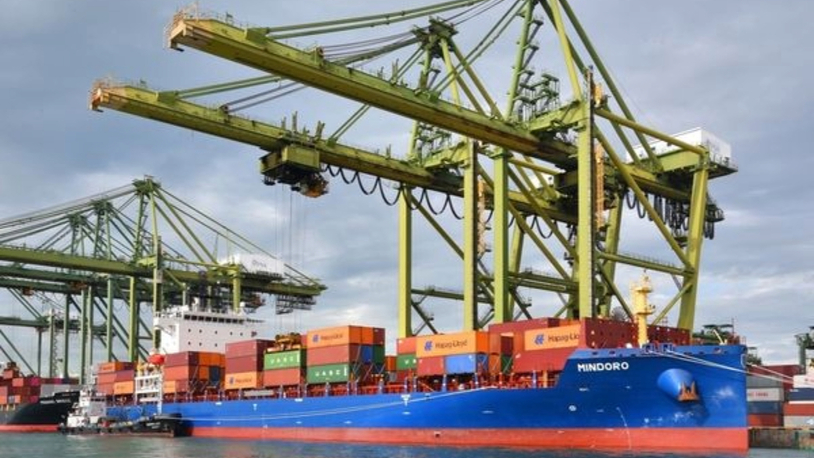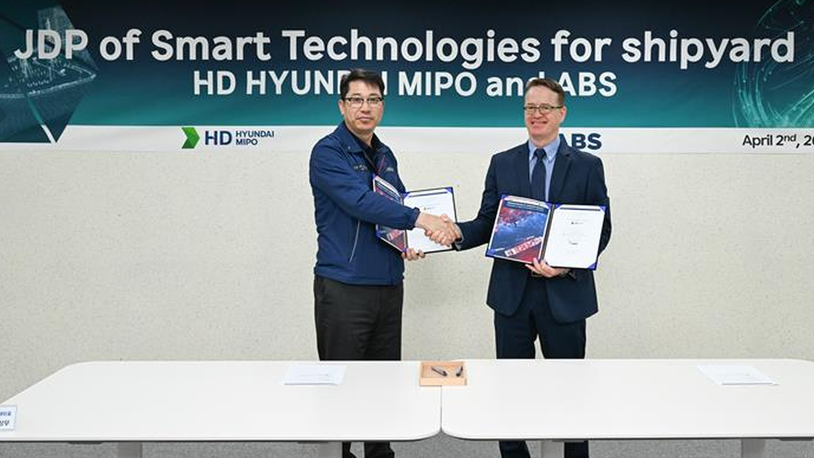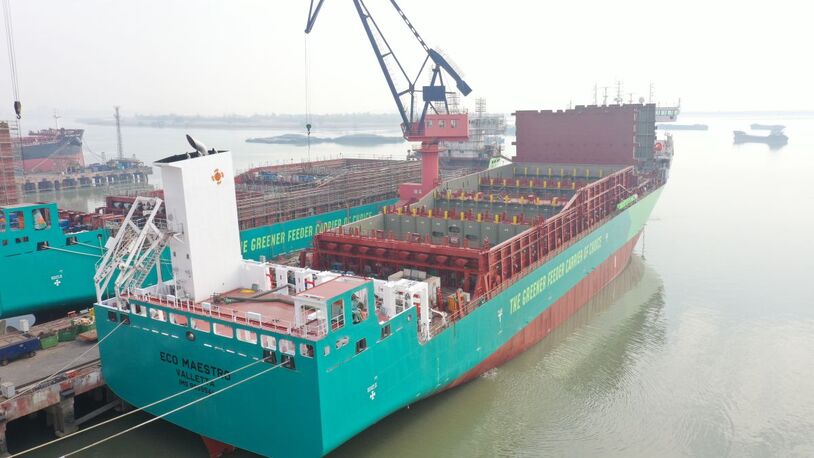Business Sectors
Events
Contents
New programs can reduce ship operating costs
ShipNet has revealed a new version of its chartering and fleet management program after rewriting the code to improve the software’s stability and efficiency. ShipNet 12 has more functions for data analysis, enhanced user interface and a new task manager, says Ian Synge, ShipNet’s marketing manager. ShipNet 12 is a shore-based application that acts as a data warehouse with business intelligent functions. It is designed for charterers, vessel operators, procurement and finance departments.
“The fact is our ShipNet 11 software had become too big, inefficient and too patched up, so we needed to make a major change to the software,” Mr Synge says. “For the end user, ShipNet 12 will be faster and more stable so the client can use it more effectively. For system administration it is easier to maintain. It is built on Microsoft’s Active Directory so we can do remote diagnostics and user management.”
ShipNet used experience from writing and launching its Voyage Estimator program in 2011 to set up the user interface for ShipNet 12. Clients such as New Zealand shipping and logistics company Lodestar, Spanish shipowner Elcano Naviera of Spain, and Dutch shipowner North Sea Tankers are using Voyage Estimator to match their ships to cargo tenders.
“We tested the new look and feel, the functionality and streamlining the code with Voyage Estimator,” Mr Synge explains. “ShipNet 12 has a better user interface, with more pull down menus, better application launchers and resizeable windows. There is a new task manager so users can set up routine tasks with particular jobs for operating their vessels. For example they can set up a reminder for issuing notifications of readiness before pilots go on board. This goes into their workflows, so they get a message reminding them to issue the notice of readiness.
“We have developed business intelligence tools for people who have huge volumes of stored data, for example on charters, on/off hire periods, and bunker costs. Historically, this is often stored in individual silos so it can be complicated to get a fleet overview. The business intelligence tool means operators can access the database and bring up data for analysis. They can visualise fleet data by extracting it into Microsoft Excel spreadsheets to make data analysis easier.”
The development process included talking with existing clients to find out what upgrades they required, says Luis Panozzo, ShipNet’s head of product management. “Version 12 comes out of an extensive process of looking at industry trends and talking to our customers to see where ShipNet can really deliver value to their business. The functionality contained in ShipNet 12 will definitely help shipping companies be more efficient in what are undeniably testing times for the industry as a whole,” he adds.
Product development manager, Marcelo Espejo, adds, “ShipNet 12 is a faster, more stable, and more streamlined piece of software. This means systems administrators will find the maintenance of the application straightforward and ensure maximum uptime for what we know is a business critical application.”
ShipNet has already received interest in ShipNet 12 from existing clients including French shipowner Socatra and Dutch dry bulk and general cargo shipowner Wijnne Berends. It will continue supporting ShipNet 11 for existing clients with virtual upgrades and patches in 2012, but will start to phase this out in 2013, leaving ShipNet 12 as the main product.
The next development for ShipNet is to migrate all its programs to a web-based, cloud computing platform. It will be hosted on Microsoft SharePoint and introduced in stages through 2012. The first cloud-based software to be introduced will be ShipNet’s financial management program. This will be followed by the technical management package and then the chartering and operation programs.
“Our focus is to make sure customers migrate to ShipNet 12 in the right way, making sure the databases communicate with ShipNet 12 and 11. We will continue to support and build ShipNet 12 for years to come, but the cloud is where we will be going in the long term. Our package will become more extensive and interface with third party programs, such as electronic signatures and e-documents,” Mr Synge explains.
Rival software company SpecTec has launched a new product to tackle the challenge of replicating onshore databases on ships. Since the development of SQL (standard query language) databases, there have been problems in replicating data because of the size and complexity of database datasets. There is the need to maximise local access to this data without violating the integrity of the stored data in the hub database. This becomes a more difficult task as databases become larger and more complex.
For fleet managers the costs of sending large data files via satellite communications to and from the ships is also an issue. SpecTec’s clients have encountered these issues with the Amos software databases of ship technical information. To overcome the problem, SpecTec redesigned its data replication program over a four-year period of development and testing. The Amos Replicator can be used to replicate data from any software on board ships to any software ashore. It can reduce the size of files to prevent the escalation of data transfer costs and it can fill in gaps in the data.
The product consists of a suite of programs that allow users to install and configure the software, import and export data. The Amos Replicator can monitor the import and export processes, and survey the data replication history. SpecTec says the program was designed to resolve problems arising from importing data with missing references. It was developed using Microsoft .NET Framework 3.5 and is suitable for most database management systems, including Microsoft SQL, Oracle and Sybase.
Amos Replicator has the ability to connect to different versions of various database management systems, as well as to assorted database schemes. It enables the sending and receiving of data via several unique data transfer methodologies, SpecTec claims. Its tasks include data capture and packaging, file splitting, plus the posting and sending of files. The replicator can split the file to be sent into separate packages, as defined by the users, and then reassemble these into the original size of the file at the destination. This way, large files can be sent easily, without reducing their quality and size. There are controls outside the application that handle the communication between Amos Replicator and the databases. These controls also handle the data transfer methodology, and can be upgraded to fit fleet managers’ own requirements.
Meanwhile, Damen Services has received independent approval from French classification society Bureau Veritas for its Damos Asset Management Operating System. This vessel maintenance management system allows fleet managers to maximise asset uptime and optimise operating costs. Damos is part of Damen Services’ lifecycle support system. It identifies and categorises all onboard systems. For an efficient maintenance planning cycle, all requirements are drawn from this database. Damos enhances how ship operators perform vessel maintenance and can prolong the lifecycle of the fleet and decrease total ownership costs. External surveys become faster and easier since the proof of proper maintenance is stored in Damos, Damen claims.
Icelandic shipping company, Eimskip, has started using Germanischer Lloyd (GL)’s fleet management software to enhance its maintenance and safety management. Eimskip started implementing GL ShipManager and GL FleetAnalyzer management programs across the fleet in the third quarter of 2011 and completed the deployment in January 2012.
The GL programs focus on integrating maintenance management, purchasing and inventory control, and safety management. The software will also include an interface with the SAP accounting system already in place at Eimskip. The GL FleetAnalyzer system will allow Eimskip to analyse performance of the fleet and produce reports. This will enable the Icelandic company to monitor budgets, maintenance and safety performance.
German shipping group Hapag-Lloyd is installing BassNet fleet management software on 40 vessels in its fleet of 145 container ships. The software suite includes 10 modules covering maintenance and procurement, safety, drydocking and risk management. This will help Hapag-Lloyd streamline its ship-shore communications and manage documentation. It will also help automate tasks such as tracking and scheduling maintenance, managing drydocking projects, enabling e-purchasing, and management reporting.
Maintenance improved on Steamships’ vessels
Papua New Guinea-based Steamships Shipping has installed Marine Software’s fleet management programs on three ships and at its Port Moresby technical office. The planned maintenance and storekeeper software was supplied to help Steamships Shipping operate a fleet of 13 multipurpose cargo vessels, ranging from 400 to 6,000 dwt.
The software was installed on three of Steamships Shipping’s largest vessels – Hiri Chief, Obo Chief and Kiunga Chief. The remaining fleet of tugs, landing craft and environmental research vessels are being managed in a master mode within the central fleet office software, installed at the technical office.
UK-based Marine Software has also deployed its management programs on a research vessel, RV Alliance, managed by Anglo Eastern for the NATO Undersea Research Centre. The software will be used to plan maintenance schedules, the purchasing of equipment and onboard stock levels.
Marine Software helped migrate data from the vessels’ existing systems prior to installation of its own programs, to ensure all historic planned maintenance and spare part component history records were accurately transferred into the new system. Barcode labelling was used to improve the speed and accuracy of stock control and tracking of spare parts. MEC
Related to this Story
Events
Maritime Environmental Protection Webinar Week
The illusion of safety: what we're getting wrong about crews, tech, and fatigue
Responsible Ship Recycling Forum 2025
© 2024 Riviera Maritime Media Ltd.




